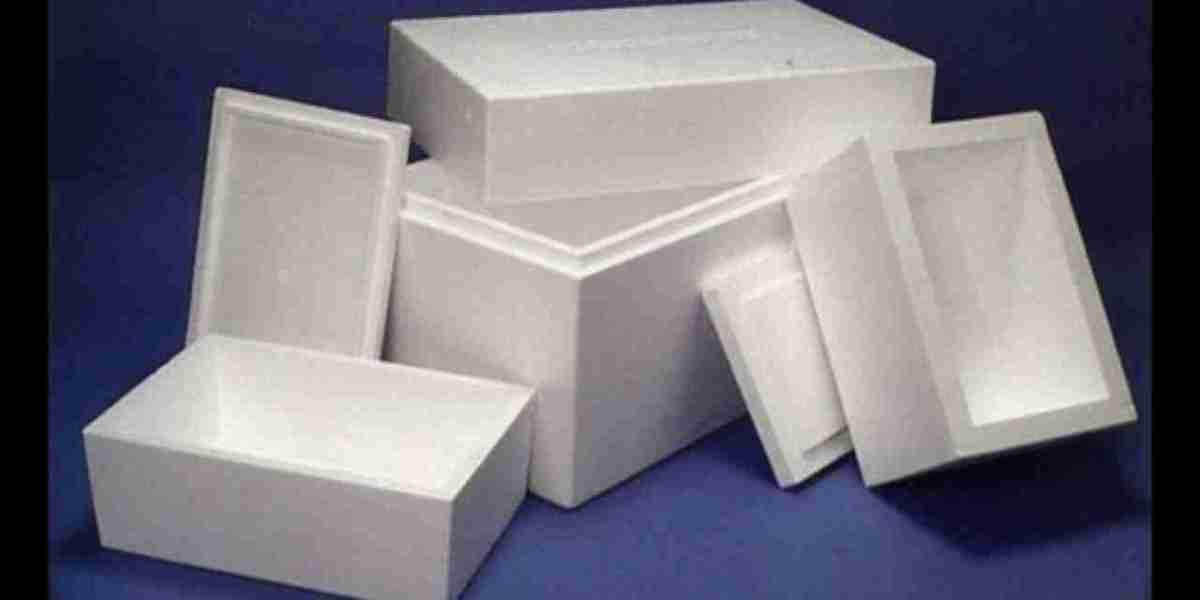The disinfectant wipes market has evolved significantly over the past few years, driven by increased demand for convenient and effective cleaning solutions. With hygiene becoming a priority worldwide, particularly following the COVID-19 pandemic, the market has seen a surge in innovation. Manufacturers are now focused not only on improving the cleaning power of disinfectant wipes but also on making them more sustainable, specialized, and user-friendly. This article explores the latest innovations in the disinfectant wipes market and their impact on the industry.
1. Sustainable and Eco-Friendly Solutions
As consumers become more environmentally conscious, there is a rising demand for sustainable cleaning products. In response to this, manufacturers are increasingly turning to eco-friendly materials for their disinfectant wipes. Traditional wipes, often made from synthetic materials, are a major source of environmental waste due to their single-use nature and non-biodegradability. However, new innovations are addressing these concerns by using biodegradable, compostable, or recyclable materials in wipe construction and packaging.
Bamboo-based wipes are becoming popular due to bamboo's rapid growth cycle and minimal environmental impact. Additionally, plant-based fibers and sustainable materials like cotton and wood pulp are being used to make wipes more environmentally friendly. Manufacturers are also working on reducing the use of harmful chemicals in the wipes’ formulation by using natural disinfectants like essential oils or plant extracts, offering a greener alternative to traditional products.
2. Antimicrobial and Long-Lasting Formulations
An ongoing trend in disinfectant wipe innovation is the development of more powerful and longer-lasting formulations. While traditional disinfectant wipes provide immediate sanitation, some new products feature extended protection. Wipes containing alcohol or quaternary ammonium compounds (quats) are being enhanced to offer long-lasting antimicrobial effects. These wipes continue to disinfect surfaces for hours or even days after use, reducing the need for frequent reapplication and providing added convenience.
In addition, wipes are being formulated to be more effective on a wide range of surfaces. Manufacturers are creating wipes that can safely disinfect electronic devices, high-touch areas, and delicate materials without causing damage. Some wipes now include multi-surface formulations that can be used on various surfaces, from stainless steel to glass, making them more versatile and appealing to consumers who desire all-in-one solutions.
3. Smart Wipes with Technology Integration
One of the most exciting innovations in the disinfectant wipes market is the introduction of “smart” wipes. These products integrate advanced technologies to enhance the cleaning and disinfecting process. For example, UV-C light technology is being used in wipes to ensure that harmful microorganisms are effectively eliminated. UV-C light, which has germicidal properties, can be incorporated into wipes to kill bacteria and viruses more effectively than traditional chemical disinfectants alone.
Additionally, sensor-based wipes are being developed that can indicate when a surface has been fully disinfected. These smart wipes use sensors to detect microbial presence and offer a visual cue, such as a color change, when the surface is properly sanitized. These innovations offer more precise cleaning and improve the user experience by providing an additional layer of assurance that surfaces have been disinfected correctly.
4. Specialized Wipes for Specific Applications
The demand for specialized disinfectant wipes is also growing. In the past, most disinfectant wipes were designed for general cleaning purposes, but today’s consumers seek wipes tailored to specific needs. For example, wipes designed for electronics and sensitive devices have become a common innovation. These wipes use gentler ingredients and are designed to clean screens, keyboards, and other delicate surfaces without leaving streaks or causing damage. The rise in the use of personal devices has created a large market for these specialized wipes.
Similarly, wipes designed for healthcare, foodservice, or industrial settings have emerged, each with unique formulations that meet the stringent hygiene standards required in these environments. For instance, medical-grade disinfectant wipes are now designed to meet the rigorous standards of healthcare facilities, providing superior efficacy in killing hospital-associated pathogens like MRSA and C. difficile.
5. Focus on Improved Packaging and Convenience
Another area of innovation in the disinfectant wipes market is packaging design. Packaging plays a crucial role in ensuring the product’s convenience, usability, and longevity. Manufacturers are designing new, more functional packaging that preserves the freshness and moisture of the wipes. For example, resealable packs and pop-up dispensers are gaining popularity, allowing for easy access to wipes and preventing them from drying out.
In addition, brands are focusing on reducing the environmental impact of packaging. Efforts to minimize plastic use and incorporate recyclable or biodegradable materials are becoming more common, reflecting the overall shift towards sustainability in the industry. Some companies are exploring refillable wipe dispensers, which can be used repeatedly with minimal waste, further reducing the ecological footprint of the product.
6. Expansion into Emerging Markets
Innovation in the disinfectant wipes market is not just happening in developed regions, but also in emerging markets. Manufacturers are developing new formulations and packaging sizes to cater to the needs of consumers in countries with rapidly growing urban populations and increasing disposable incomes. In these regions, wipes that are affordable and easily accessible are seeing heightened demand.
For example, compact-sized disinfectant wipes are becoming more popular in countries where consumers may be more price-sensitive or where single-use products are more practical. These smaller-sized wipes are designed to provide the same disinfecting power in a more affordable, on-the-go format.
Conclusion
The disinfectant wipes market continues to evolve rapidly as consumers demand products that are not only effective but also sustainable, innovative, and versatile. From eco-friendly materials to longer-lasting antimicrobial formulations and smart wipe technologies, innovation is playing a critical role in shaping the future of this market. As consumer preferences shift towards more specialized and environmentally conscious solutions, manufacturers will need to continue adapting and innovating to meet these demands. The future of the disinfectant wipes market promises exciting developments, ensuring that hygiene products remain efficient, convenient, and sustainable for consumers worldwide.




